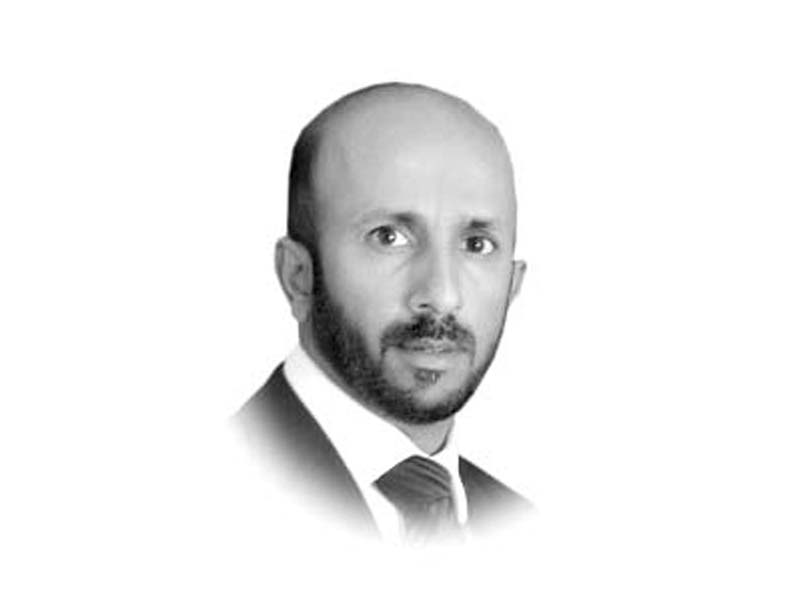
1) Election tribunals have failed to decide cases — Around 410 election petitions were filed by losing candidates before the 14 election tribunals established across the country. As of last month, 292 petitions, i.e., 73 per cent of all cases, have already been decided by election tribunals. This is unprecedented when compared with the disposal rate of election tribunals in previous elections.
2) Judges of election tribunals were appointed under a faulty process by a biased Election Commission of Pakistan — In previous elections, high court judges were burdened with the responsibility to decide petitions after completing their usual day’s work. Now, election tribunals are manned by retired judges, whose only work is to decide election cases. The ECP did not appoint these judges. Each of the election tribunal judges were proposed by the respective chief justices of the provincial high courts.
3) Election tribunals are purposely going slow — It is correct that election tribunals were not able to meet the 120-day deadline to decide cases. One reason for the delay is the attitude of many losing candidates. Take for example the case of petition number 344 of 2013, Usman Dar vs Khawaja Asif. In its decision, the tribunal wrote: “The way the petitioner avoided to enter the witness box and disregarded the directions of this tribunal on the pretext of business tour abroad, provides a basis to infer that he was/is no more interested in the matter. Costs of adjournments to the tune of Rs30,000/- have not been paid by the petitioner till date. It appears that after filing the election petition, the petitioner lost interest in the election dispute and then attempted to prolong the trial ... the petitioner failed to prove the allegations ... (and) the election petition is found to be without any merit and is accordingly dismissed ... .”
4) If election tribunals decided the PTI’s cases, the PML-N government would collapse — The PTI candidates filed a total of 58 petitions challenging National and provincial assembly elections in various constituencies. Of these, 39 petitions, i.e., 70 per cent have already been decided by the election tribunals. Unfortunately for the PTI, none of the 39 cases were successful. Now, only 19 PTI petitions remain to be decided. Even if each of these is decided in the PTI’s favour, it will not dent the overall election result.
5) Election tribunals are favouring the PML-N — Thus far, 10 elected parliamentarians of the PML-N have been unseated by the election tribunals. This is the highest number of decisions against any political party. Judgments in only two petitions have gone against PTI candidates. Independent candidates are the biggest winners thus far with eight cases in their favour, followed by the PPP at six.
6) If the government has nothing to hide, then why is it refusing to open the cases of four seats demanded by the PTI — The election results on the four National Assembly seats, i.e., NA-110, NA-122, NA-125 and NA-154 have already been opened and are subjects of judicial inquiry by the election tribunals, which are the only forum for opening disputed results of any election. The government has no role to play here.
7) Unprecedented rigging on four seats — NA-110 was one of the four seats cited for election rigging. According to FAFEN, the number of electoral violations in NA-110 is zero. Compare this with NA-1, where Imran Khan won the election. The electoral violations here are listed as 58 by FAFEN. The point is not that the NA-1 result was manipulated simply because FAFEN listed these violations. The point is that there were approximately 90,000 polling stations across the country. Electoral law violations in some of these, deplorable as they may be, do not make these a rigged parliament.
8) The PML-N rigged elections to defeat the PTI’s Jahangir Tareen — NA-154 is another one of the four seats. Here, the PML-N is blamed for stealing Tareen’s victory. But it is interesting to note that the PML-N candidate here also lost the election. The winner was an independent candidate, Mohammad Siddik Baloch. If the PML-N wanted to rig this seat, why would its candidate come a distant third?
9) Even the PPP supports the demand to reopen result of four constituencies — The PPP is happy that the PTI is focusing attention solely on Punjab. The PPP lost a large number of safe seats in Punjab. Although this has happened before, this time, the loss threatens its very existence in Punjab. In the famous four constituencies, the PPP received an abysmal one per cent, 1.6 per cent, 2.9 per cent and five per cent of total votes cast and its candidates lost even their security deposits. Therefore, how can the PPP resist the opportunity to help de-legitimise the election results in these constituencies?
10) The PTI exhausted all forums provided by law before coming on the streets — The Representation of Peoples Act provides that the forum to contest election results is the election tribunals. Around 73 per cent of all cases have already been decided by them. Anyone aggrieved by their decisions can file an appeal in the Supreme Court as mandated by law. Rule of law is not just an empty slogan to be raised in public rallies and television talk shows. It is the foundation which we must abide by if we are to build a modern and stable Pakistan.
Published in The Express Tribune, August 4th, 2014.
Like Opinion & Editorial on Facebook, follow @ETOpEd on Twitter to receive all updates on all our daily pieces.
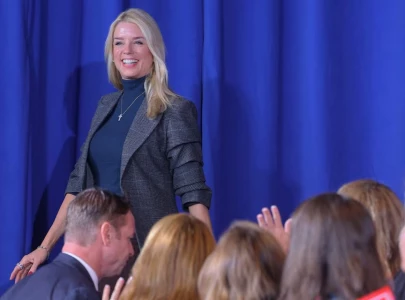


1730360426-0/Menendez-Brothers-(2)1730360426-0-165x106.webp)

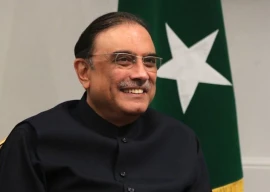
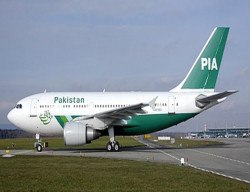



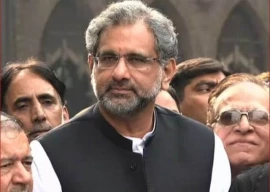




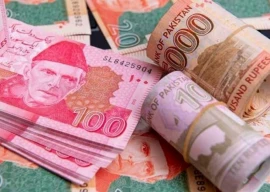







COMMENTS
Comments are moderated and generally will be posted if they are on-topic and not abusive.
For more information, please see our Comments FAQ